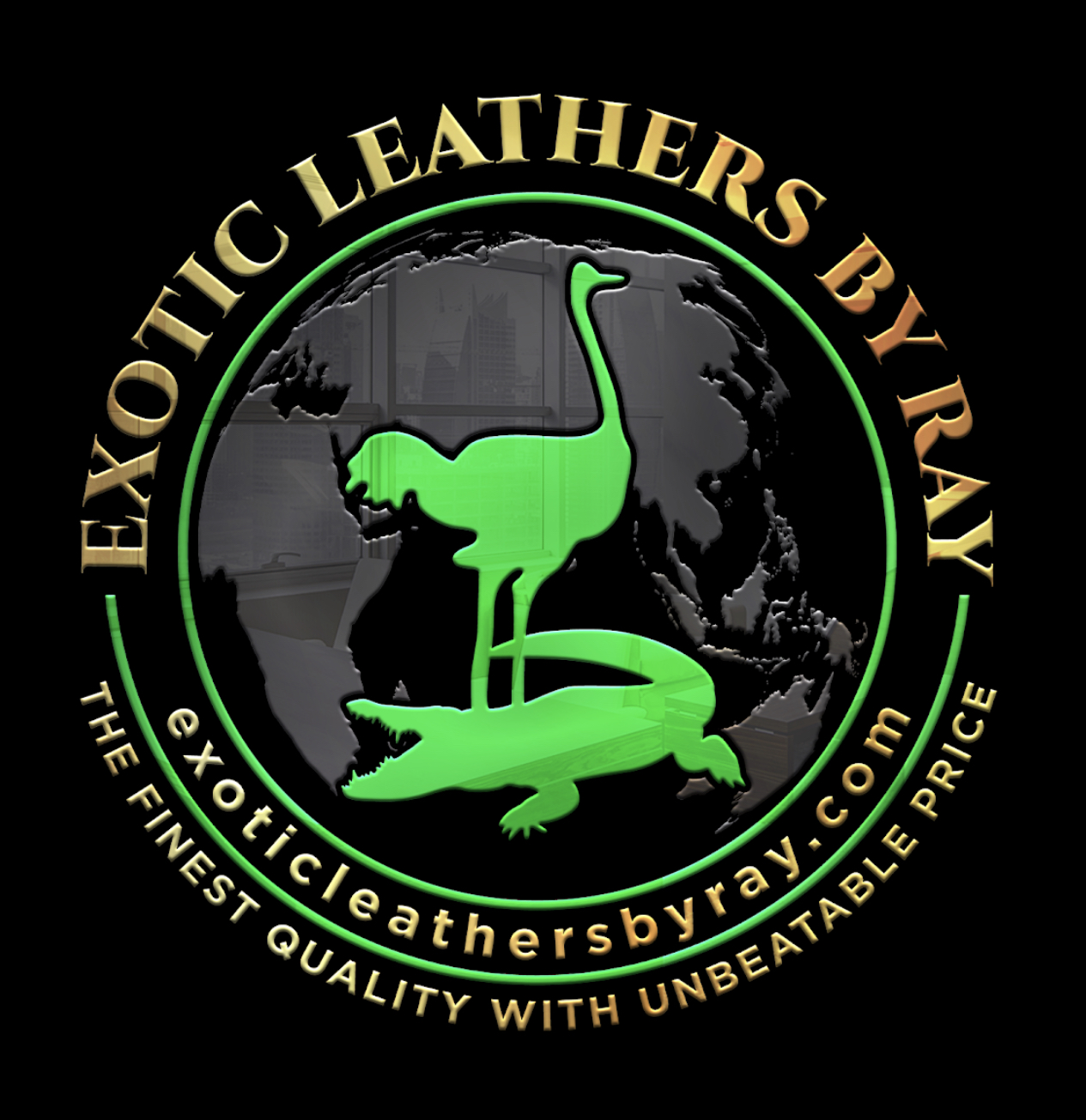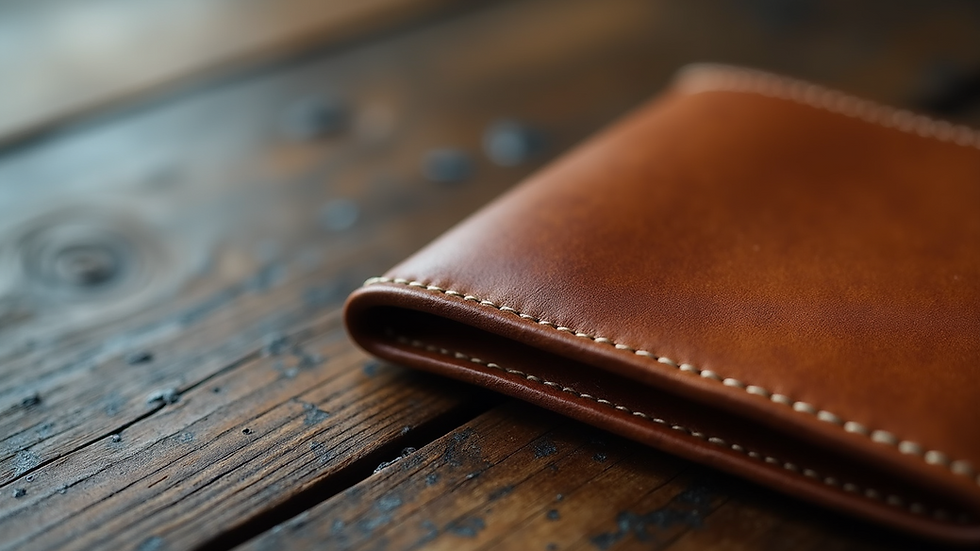Understanding Return Policies for Leather Goods
- Ray Sartipi

- 4 days ago
- 3 min read
When working with leather goods, understanding return policies is essential. These policies affect how you manage inventory, customer satisfaction, and overall business operations. Leather products have unique characteristics that influence return conditions. I will explain key points about return policies for leather goods, focusing on practical details you need to know.
What Are Leather Goods Return Policies?
Return policies define the terms under which customers can return or exchange products. For leather goods, these policies often differ from other materials due to the nature of leather. Leather is a natural material that can vary in texture, color, and durability. This variability impacts how returns are handled.
Typically, return policies specify:
Time limits for returns (e.g., 30 days from purchase)
Condition requirements (unused, undamaged)
Proof of purchase needed
Whether refunds, exchanges, or store credit are offered
Understanding these elements helps you set clear expectations for buyers and protect your business.

Key Points in Leather Goods Return Policies
Leather goods require specific considerations in return policies. Here are the main points to focus on:
1. Time Frame for Returns
Most leather goods return policies allow returns within 14 to 30 days. This period gives customers enough time to inspect the product. However, some sellers may offer shorter or longer windows depending on the product type.
2. Condition of the Product
Leather items must usually be returned in original condition. This means no signs of wear, damage, or alterations. Since leather can develop a patina or scratches, sellers often require the product to look as it did when shipped.
3. Proof of Purchase
A receipt or order confirmation is typically required. This helps verify the purchase and prevents fraudulent returns.
4. Return Shipping Costs
Policies may specify who pays for return shipping. Some sellers cover this cost, while others require the customer to pay.
5. Refund or Exchange Options
Some policies offer full refunds, others provide exchanges or store credit. The choice depends on the seller’s business model.
These points help you draft or evaluate return policies that suit leather goods.
How to Handle Defective or Damaged Leather Returns
Leather goods can sometimes arrive with defects or damage. Handling these returns properly is crucial to maintain trust and reduce losses.
Inspecting Returns
When a return arrives, inspect the item carefully. Check for:
Manufacturing defects (stitching issues, discoloration)
Damage during shipping (tears, scratches)
Signs of use beyond normal inspection
Accepting Defective Returns
If the product is defective, accept the return and offer a refund or replacement. This builds customer confidence.
Rejecting Returns
If the product shows signs of misuse or damage caused by the customer, you can reject the return. Clearly state this in your policy.
Documenting Returns
Keep records of all returns, including photos and customer communication. This helps resolve disputes and track product quality.

Tips for Creating Clear Return Policies for Leather Goods
Clear return policies reduce confusion and disputes. Here are practical tips for crafting effective policies:
Use simple language. Avoid legal jargon. Write policies that customers can easily understand.
Be specific about conditions. Define what “original condition” means for your products.
Set realistic time frames. Balance customer needs with your business capacity.
Explain the process. Detail how to initiate a return, including contact info and packaging instructions.
Include exceptions. Note any items that are non-returnable, such as custom orders or final sale products.
Link to your policy. Make the policy easy to find on your website or product pages.
For example, Exotic Leathers By Ray provides clear return policy details that customers can review before purchase.
Why Return Policies Matter for Leather Goods Businesses
Return policies impact several aspects of your business:
Customer trust. Transparent policies build confidence and encourage purchases.
Inventory management. Clear rules help manage stock and reduce losses.
Brand reputation. Fair policies improve your brand image and customer loyalty.
Legal compliance. Policies ensure you meet consumer protection laws.
By investing time in well-defined return policies, you protect your business and support customer satisfaction.
Best Practices for Managing Leather Goods Returns
Managing returns efficiently saves time and money. Here are best practices to follow:
Train staff. Ensure your team understands the return policy and process.
Inspect returns promptly. Quick inspection speeds up refunds or exchanges.
Communicate clearly. Keep customers informed about return status.
Use quality packaging. Proper packaging reduces damage during shipping.
Analyze return data. Track reasons for returns to improve product quality.
Implementing these practices helps maintain smooth operations and customer relations.
Final Thoughts on Leather Goods Return Policies
Return policies for leather goods require attention to detail. They must balance customer rights with the realities of leather products. Clear, fair policies protect your business and support customer satisfaction. Use the guidelines here to review or create your own policies. Doing so helps Exotic Leathers By Ray and similar businesses maintain their reputation and grow in the competitive market.






Comments